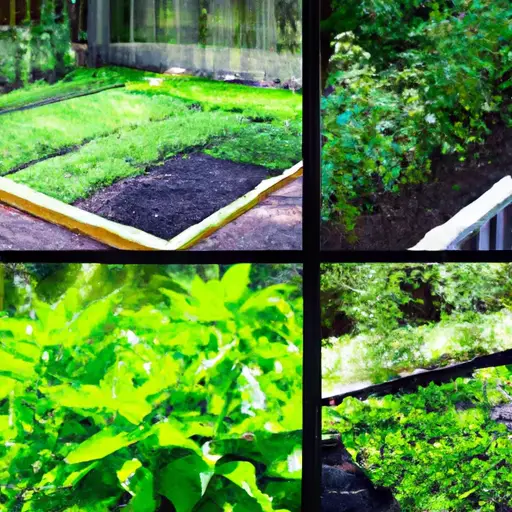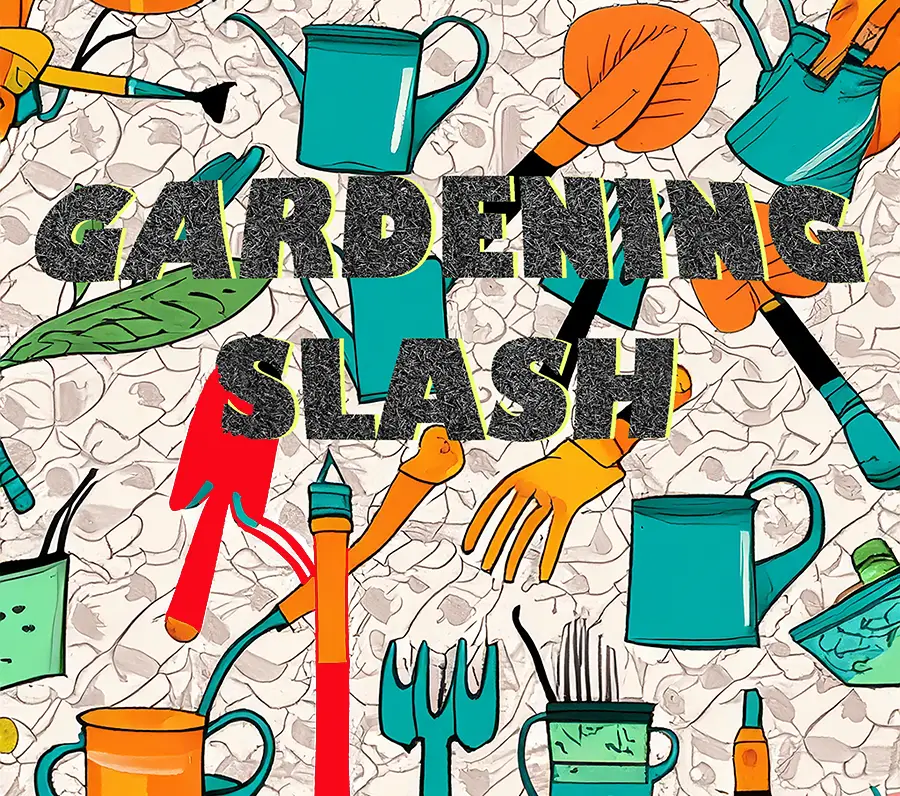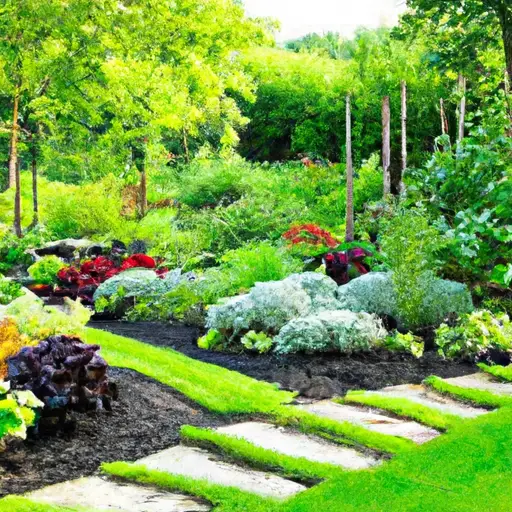Imagine strolling through a garden where every plant you encounter is not only beautiful but also edible. This is the fascinating concept of edible landscaping. By blending the aesthetics of traditional landscaping with the practicality of growing your own food, you can transform your yard into a vibrant, functional space that delights all senses.
The Beauty and Utility of Edible Landscaping
Edible landscaping is the art of incorporating food-producing plants into your garden design. This approach not only enhances the visual appeal of your outdoor space but also provides fresh, home-grown produce. Picture lush strawberry plants as ground cover, colorful Swiss chard in place of ornamental flowers, and fruit trees doubling as shade providers. The possibilities are endless and mouth-wateringly appealing.
Why Choose Edible Landscaping?
Edible plants offer a unique blend of beauty and functionality. From the vibrant colors of peppers and tomatoes to the elegant foliage of herbs like rosemary and basil, edible plants can match, if not surpass, the aesthetic value of traditional ornamental plants. Here are some compelling reasons to consider edible landscaping:
- Sustainability: Growing your own food reduces the carbon footprint associated with transportation and packaging of store-bought produce.
- Health Benefits: Freshly harvested fruits and vegetables are more nutritious and flavorful.
- Cost Savings: Over time, growing your own food can reduce grocery bills.
- Biodiversity: A diverse garden can attract beneficial insects and wildlife, promoting a healthier ecosystem.
Designing Your Edible Landscape
Creating an edible landscape is an exciting project that combines creativity with practicality. Follow these steps to start your journey:
- Plan Your Space: Assess your garden area, considering factors like sunlight, soil quality, and water availability. Draw a rough sketch of your garden layout.
- Choose Plants: Select plants that thrive in your climate and complement each other aesthetically. Consider integrating a mix of perennials (e.g., berry bushes, fruit trees) and annuals (e.g., vegetables, herbs).
- Design for Functionality and Beauty: Use edible plants to create layers and textures. For instance, plant taller fruit trees and shrubs at the back or center of the garden, medium-height plants like kale or peppers in front of them, and ground-covering plants like thyme or strawberries at the edges.
- Soil and Maintenance: Ensure your soil is rich in nutrients and has good drainage. Regular maintenance, including watering, pruning, and harvesting, is essential for a thriving edible landscape.
- Incorporate Aesthetic Elements: Add pathways, trellises, and garden art to enhance the visual appeal and accessibility of your garden.
Getting Started: Essential Edible Plants
Here are some top choices for a stunning and productive edible landscape:
- Fruit Trees: Apple, pear, and cherry trees not only provide delicious fruits but also lovely spring blossoms.
- Berry Bushes: Blueberries, raspberries, and blackberries offer vibrant colors and are relatively easy to maintain.
- Vegetables: Tomatoes, peppers, and Swiss chard can add a splash of color and are highly productive.
- Herbs: Basil, thyme, and rosemary are aromatic and useful in cooking, while also being attractive plants.
Resources for Edible Landscaping
Ready to start your edible landscape? Here are some resources to guide you:
- National Gardening Association: Offers extensive resources on garden planning and plant selection.
- Edible Landscaping: Provides plants, seeds, and gardening advice specifically for edible landscapes.
- Permaculture Research Institute: A great resource for sustainable gardening practices.

FAQs
Q: What is the best time to start an edible landscape? A: Spring is the ideal time to start planting, as it gives plants a full growing season to establish themselves.
Q: Can I create an edible landscape in a small space? A: Yes! Vertical gardening, container gardening, and choosing compact plant varieties can maximize space in small gardens.
Q: How do I maintain an edible landscape? A: Regular watering, pruning, mulching, and monitoring for pests are key to maintaining a healthy and productive edible landscape.
Q: Are there any edible plants that are particularly easy for beginners? A: Herbs like basil and mint, leafy greens like lettuce and spinach, and cherry tomatoes are great choices for beginners due to their ease of growth and maintenance.
By embracing edible landscaping, you can create a garden that is not only beautiful but also a source of fresh, delicious produce. It’s time to turn your outdoor space into a feast for the eyes and the palate!

